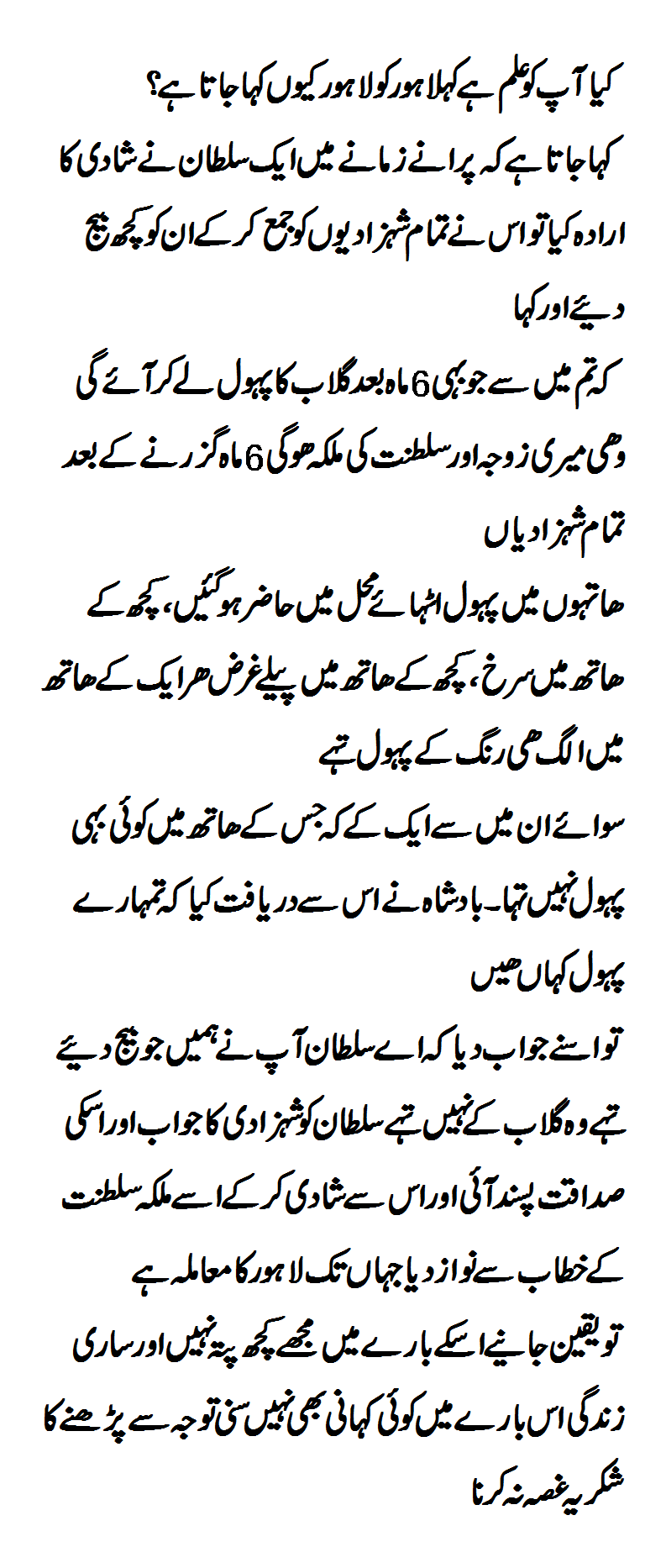According to oral traditions, Lahore was named after Lava, son of the Hindu god Rama, who supposedly founded the city. Lahore Fort has a vacant temple dedicated in honour of Lava. Likewise, the Ravi River that flows through northern Lahore was said to be named in honour of the Hindu goddess Durga.
Ptolemy, the celebrated astronomer and geographer, mentions in his Geographia a city called Labokla situated on the route between the Indus river in a region described as extending along the rivers Bidastes or Vitasta (Jhelum), Sandabal or Chandra Bhaga (Chenab), and Adris or Iravati (Ravi).
The oldest authentic document about Lahore was written anonymously in 982 and is called Hudud-i-Alam. It was translated into English by Vladimir Fedorovich Minorsky and published in Lahore in 1927. In this document,
Lahore is referred to as a small shahr (city) with “impressive temples, large markets and huge orchards.” It refers to “two major markets around which dwellings exist,” and it also mentions “the mud walls that enclose these two dwellings to make it one.” The original document is currently held in the British Museum.
